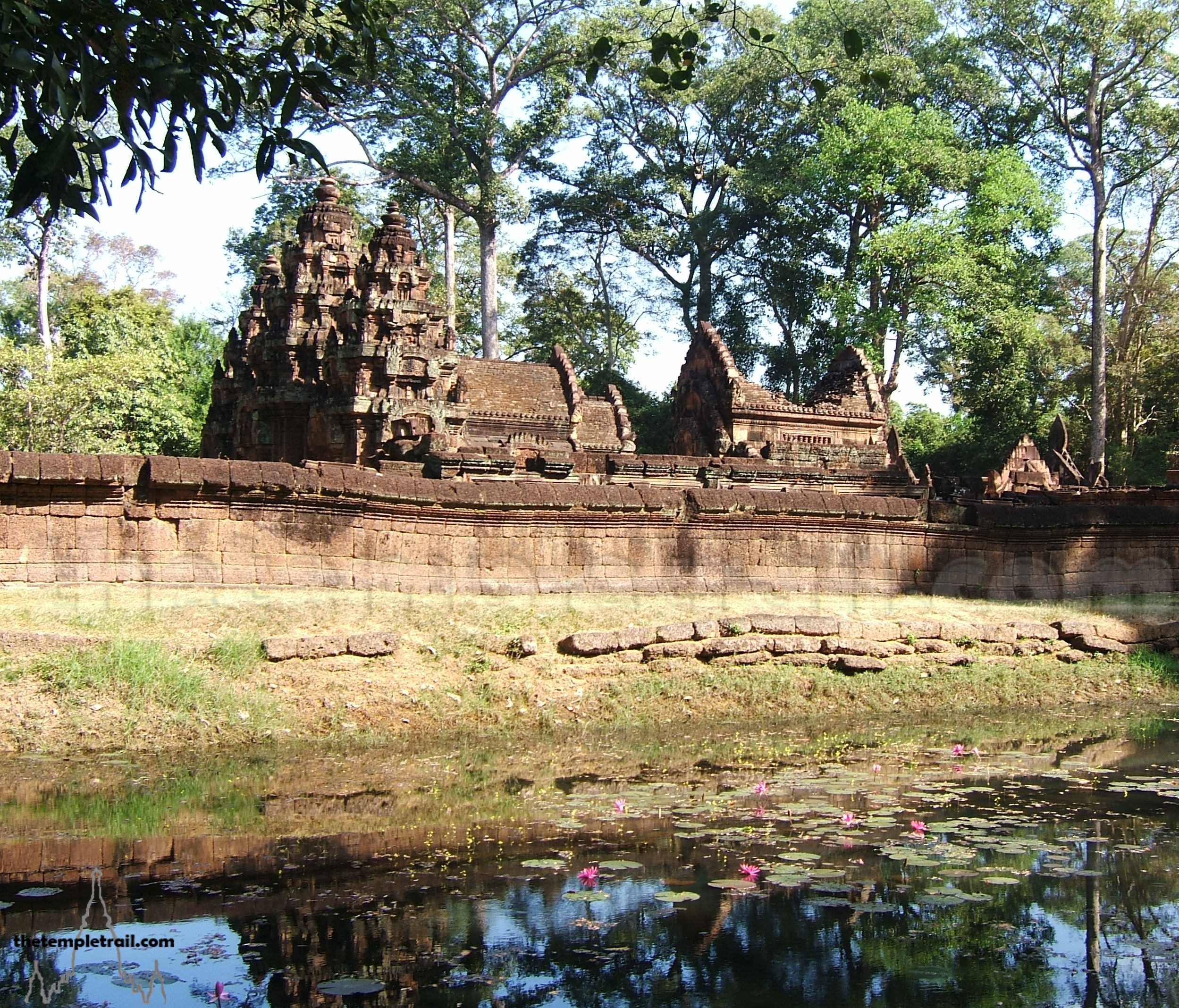Protests are lodged with the captain. The boat is too full. He has decided to increase his profits and stuff a few extra passengers on board. The vessel sits dangerously low in the ice-cold water of Lake Titicaca. He dismisses the complaints with a wave of his arm and continues to load. People are forced to cram further onto the bench seating. A slight panic sets in on board, but no one is willing to give up their place and wait for the next day’s boat. The key is turned and the engine splutters to life. Slowly, but steadily, the boat creeps out of the harbour in the early morning chill. Soon, as the confidence builds, you are clipping along at a fair pace. The boat slows suddenly. You manage to get a peek out of the front window and see that there is a very tight rock formation ahead. It is like a gateway. As he has done a thousand times before, the captain squeezes the boat through the tiny gap. He shouts at the passengers at the front to put their heads down so that he can see. There is no room for error; ten centimetres the wrong way and you are going for a swim. The boat pops out the other side like a champagne cork and you are back up to full speed and skirting the rocky coastline of the island you are destined for.
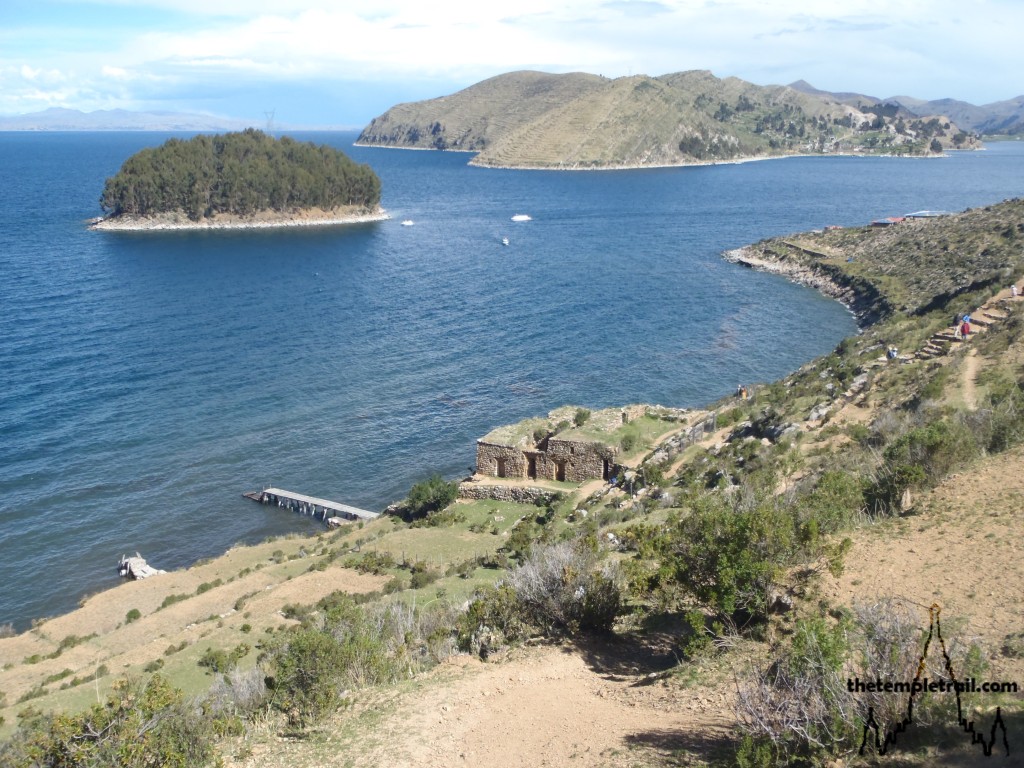
The small harbour on the north of the island is wracked by strong waves. The captain slowly ekes his way in and very carefully, you disembark and take a moment to appreciate the feeling of solid ground. The place where you arrived is full of touts and tour guides, but everyone else from your boat seems to be more interested in going to the beach. You head past the beach that is covered in tents and dreadlocked South American travellers playing beach games and hit the almost totally deserted path going upwards. You are taking the high road (literally) and going to the place where the Inca civilization was born high up on Isla del Sol in the middle of Lake Titicaca.
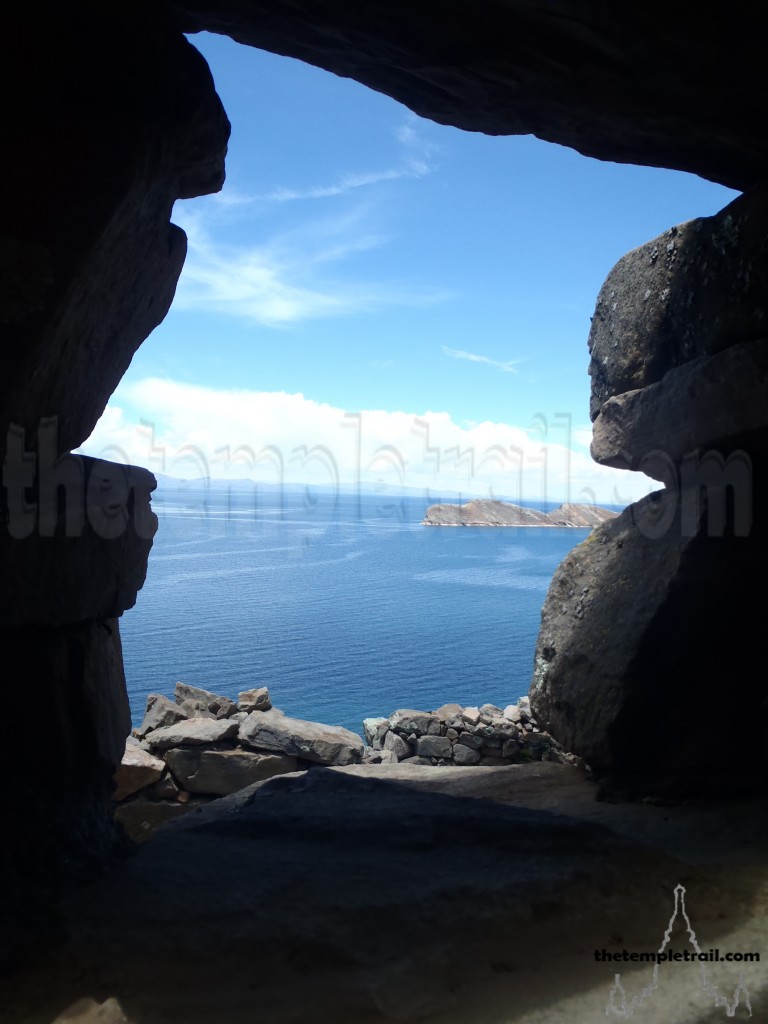
As you take the path higher and higher, you snake around the island and past fields of potatoes, quinoa and amaranth and tiny native women who seem to be carrying many times their own body weight in colourful bundles on their backs. The climb gives you increasingly panoramic vistas over the lake and the more precarious the path becomes, the more starkly beautiful the landscape is. You reach a terminus of the path and in front of a very large rock is a stone altar and a small, square patch of quinoa. This is Titikala, the sacred rock; the very place that the sun (Inti) was born from a crack in the rock. It was here that the great creator god Viracocha fathered the sun after creating the lake. The patch of quinoa is an offering to Inti in exchange for his continued light that helps the crops grow all over the island.
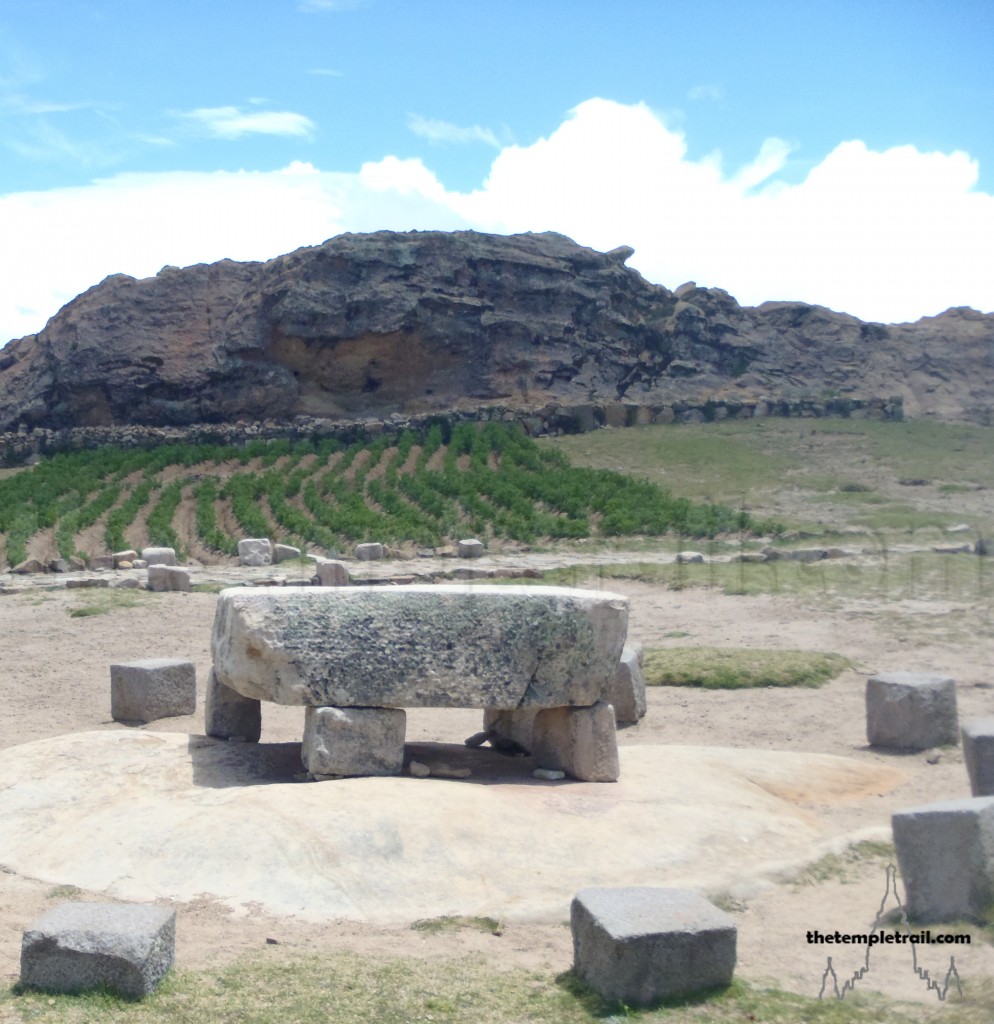
Just a few metres away from Titikala is Chincana, a labyrinthine temple complex that looks out over North Kona Bay. The distinctive Inca doorways and windows are somewhat cruder here on Chincana, but the views through them frame a wonderful vista of the lake and the sun reflecting off its surface. The small corridors and rooms are easy to get lost in. It is a small building and from the outside, it is hard to believe how disorientating the inside is.
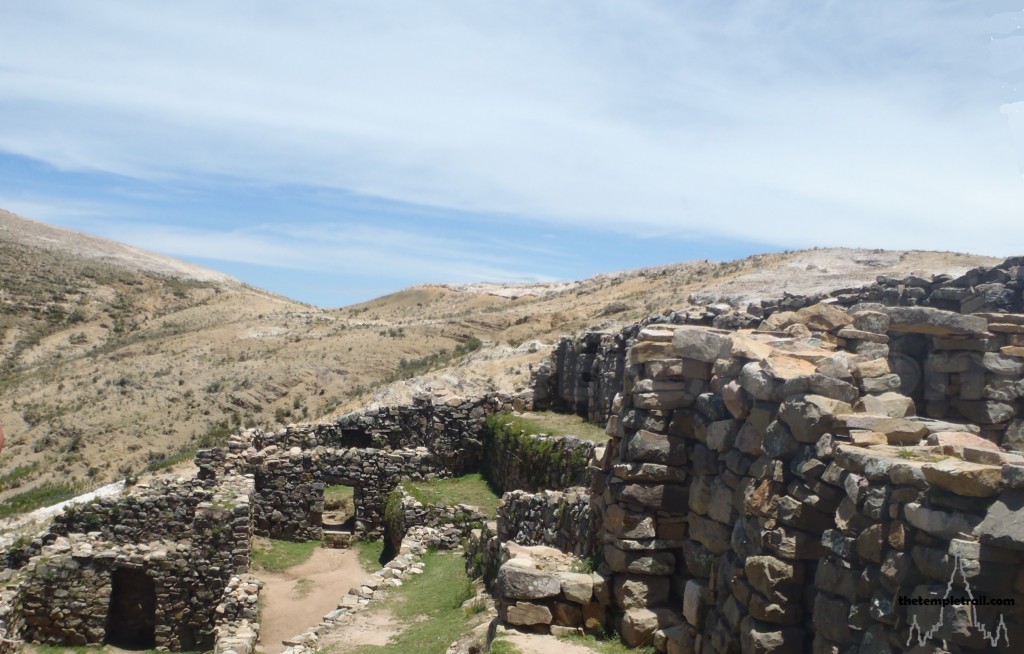
After exploring the nooks and crannies of Chincana, you go up another path that almost double-backs on the path that you came here by, but continues upwards. This is the spine of the island. You are now at the beginning of a challenging three hour up and down hike along a mountain path that takes you 4000 metres above sea level at its peak. It is not for the faint of heart and it is certainly not to be undertaken lightly. It is a doable walk, but it requires every ounce of your energy and the brief downward parts of the trail are welcome on this 10 kilometre journey back to the south of the island. About 7 kilometres in, the sun disappears and a fearful set of black storm clouds set in. They signal a coming shower; the rains come and you truly feel exposed on the rocky highlands. The rains are brief, but the biting wind doesn’t abate and even when sheltered by pine forest, the wind whistles through, stinging your skin and chilling your ears.
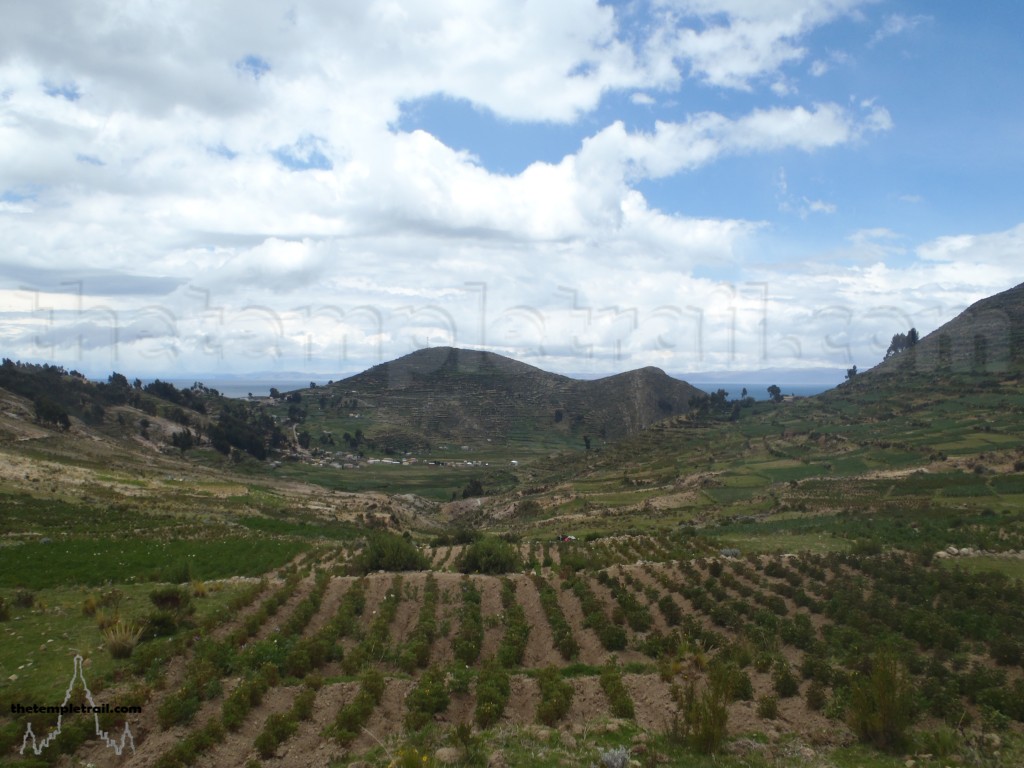
Suddenly, the sky clears and Inti once more shines his blessings upon you. As you get closer to the coast once more, the landscape becomes more fertile. You are back in the quinoa fields and friendly indigenous girls greet you as you pass them on the way down. After going through a village, a set of enormous steps presents itself as the way down. These are the Escalinatas de Yumani, an Inca stairway that takes your aching legs the rest of the way down. They are treacherous and steep and at times you find yourself wondering why these short statured people built such deep steps. Coming to the bottom and the end of your journey, you feel a sense of accomplishment and the bog-standard coffee that you nurse at the lakeside café is like nectar. You see your boat being thrown about by rough waves and then there is a blur of activity. All of the boats start being taken away from the shore. The word is out; the water is becoming more ferocious and everyone is going to have to walk around to the other side of the island and get on board from the calmer western bays.
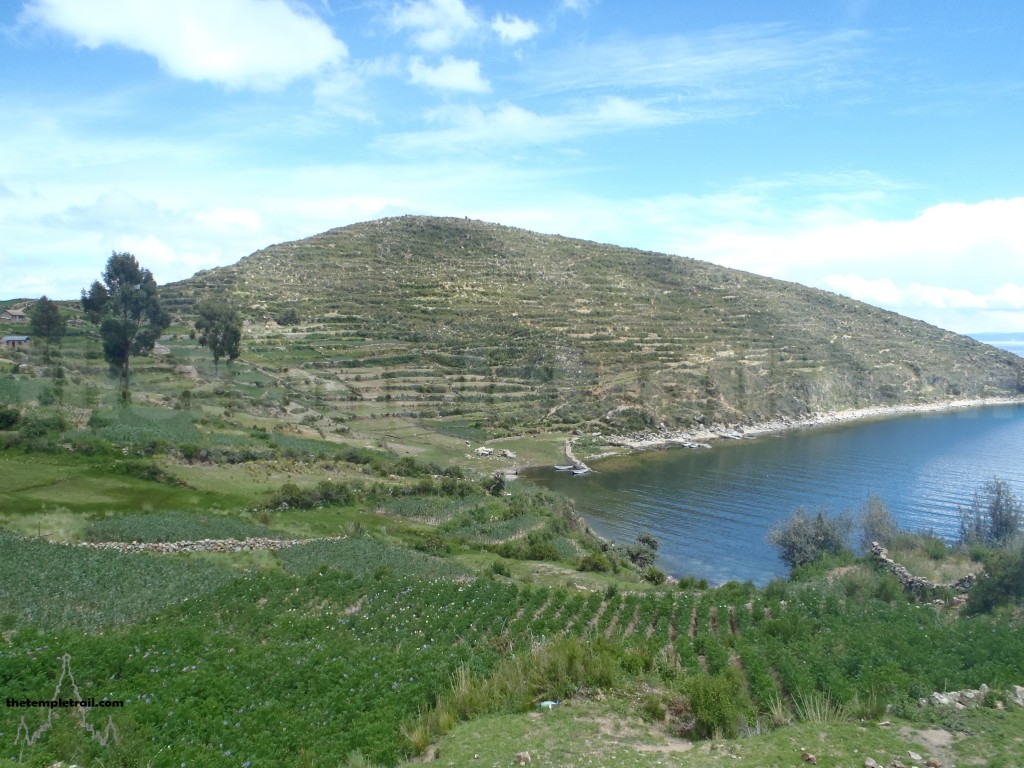
Your weary legs put in a final stint as you climb back up the Escalinatas de Yumani and out onto the Vertienes or Jardin del Inca, these ‘slopes’ are the ancient steep terraces that the locals still use to grow their food. Past donkeys, potatoes and quinoa, you slog alongside other visitors and the line of people looks like a giant human centipede assailing the mountainside. This impromptu forty minute trek around the southern horn of the island has an unexpected upshot. You get to walk past Pilko Kaina, the temple of the sun. This is much more like the classic Inca structure that you see in Peru. It is a triple doorway fronted building and, despite its diminutive size, is a very elegant example of Inca architecture.
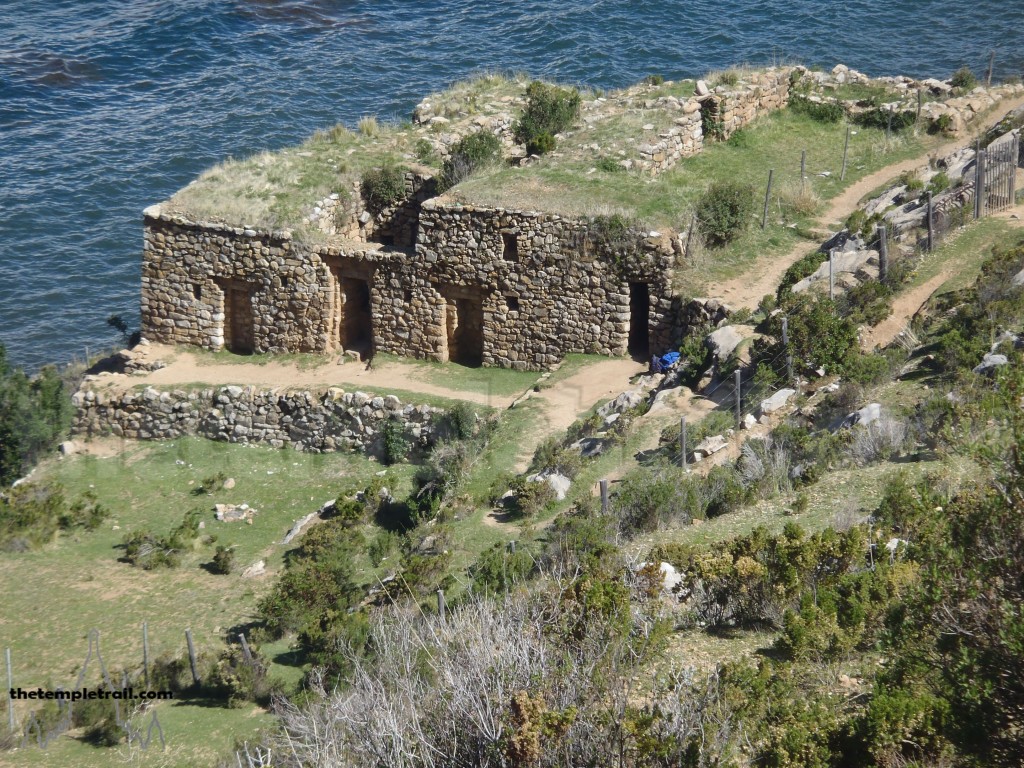
At last you end up at a very small rocky cove only to realise that your boat has left. After negotiating a fare with a new captain, you take a seat on the splintery wooden school chair that serves as your seat. Your new craft leaves the island and you look back at the unforgiving, but ultimately sacred island. The entire landmass is one living breathing temple. It is ground zero for the Inca civilization, their religion and the food crops that they gave to the world.

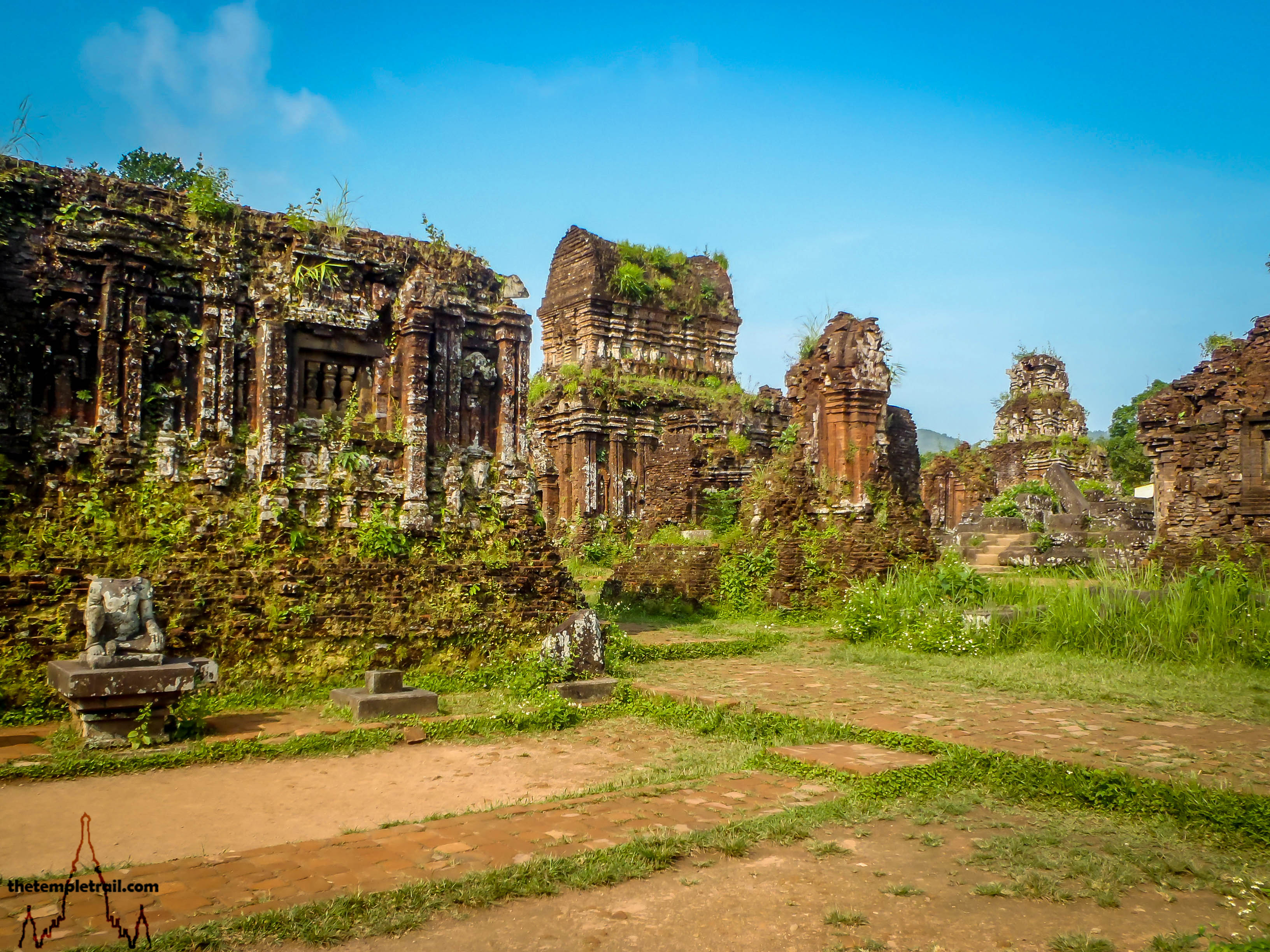 Mỹ Sơn
Mỹ Sơn